A Comprehensive Kohima Travel Guide
About the Blog
This Kohima travel guide is all about the quaint town, chic cafes and places in and around the town. Be it the majestic history of the town created by erstwhile colonization or the present vibe of the town, this comprehensive travel blog on Kohima will help you plan your trip better.
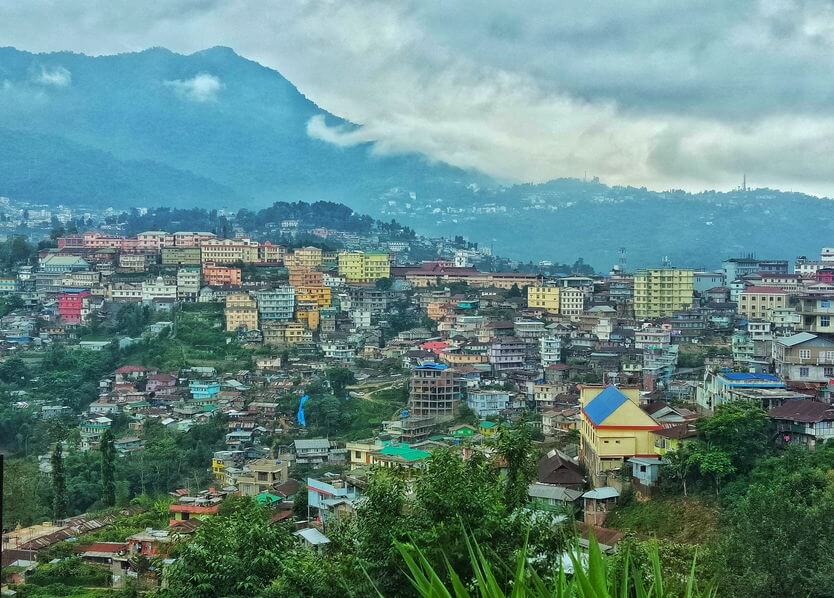
I stood in the balcony of my hostel watching the heavy raindrops dribble down the iron railing. As the clouds turned grayish black, the rain mercilessly started pouring; chaos ensued with people running to seek shelter under the roofs of shops and cafes. Some braved it with their huge umbrellas as they continued walking towards their destination. Just an hour back, the sun shined its brightest before the clouds took over and things changed. The monsoons in Nagaland is pretty unpredictable. I waited for the rain to subside while sipping some coffee in the balcony, soaking into the solitude of the Kohima War Cemetery that stood right opposite to my hostel. A comprehensive Kohima travel guide is waiting to be read ahead.
PIN THE POST TO READ THIS KOHIMA TRAVEL GUIDE
Table of Contents
Kohima – Across the Capital of Nagaland
Kohima, the quaint capital of Nagaland is wrapped in layers of history, marking its prominent role in the Second World War with the Battle of Kohima. The town snakes along hilltops, ridges and is surrounded by mammoth of rainforests. Perched at an elevation of 1261m above sea level, the town is majorly inhabited by Angami tribe of Nagaland. It was originally known as Kewhira but gradually the name was changed to Kohima by Government of British India, after they established it as headquarter of Naga Hills. The town today stands as a retreat for jaded urban population with its peaceful vibe, slow life and picturesque vistas.
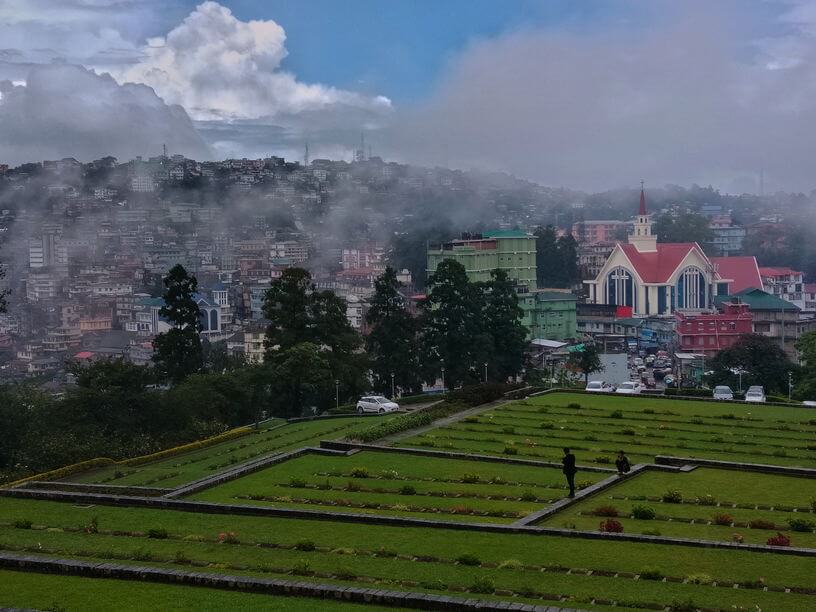
History – The Battle of Kohima
The Battle of Kohima was one of the few battles of Second World War fought on Indian soil. The battle was fought in three phases in the year 1944 between British along with allied Indian troops and Japanese force. With the battle ending on 22nd June, the Japanese forces were defeated. With this collapsed the Operation U-Go by Japanese initiated to weaken British Force and invade the Hills of Nagaland and Manipur. The Japanese troops encircled Kohima with a plan to invade but gradually with the battle, they exhausted their resources and were pushed out of Kohima.
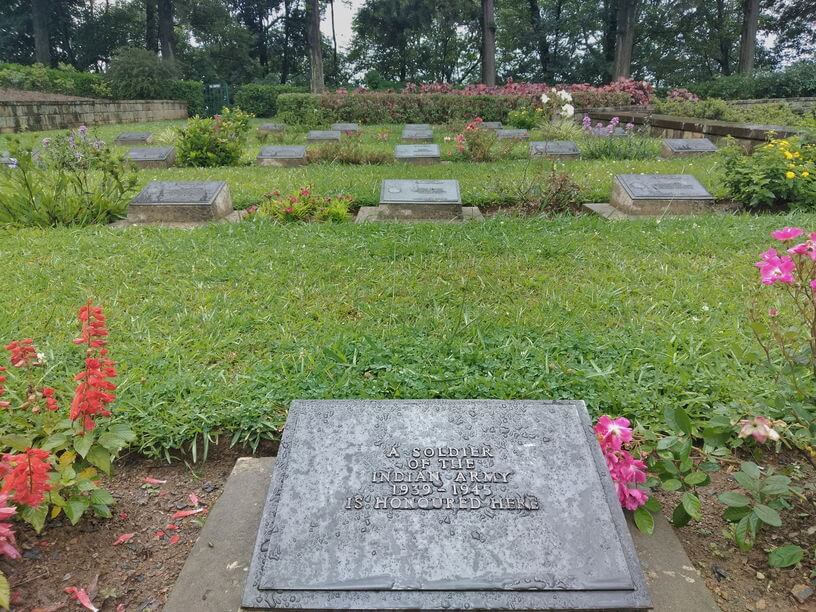
The battle lasted for around 4 months divided into three phases – 3rd April to 16th April, where the Japanese force tried to invade and capture Kohima Ridge. The second phase was from 18th April to 13th May where the Japanese force was counter attacked by British and Indian troops leading to abandoning of the Kohima ridge by Japanese. The last leg of the battle was from 16th May to 22nd June where the Japanese were defeated and the battle ended. A lot of brave soldiers lost their life – Indians, British and Japanese, during the Battle of Kohima.
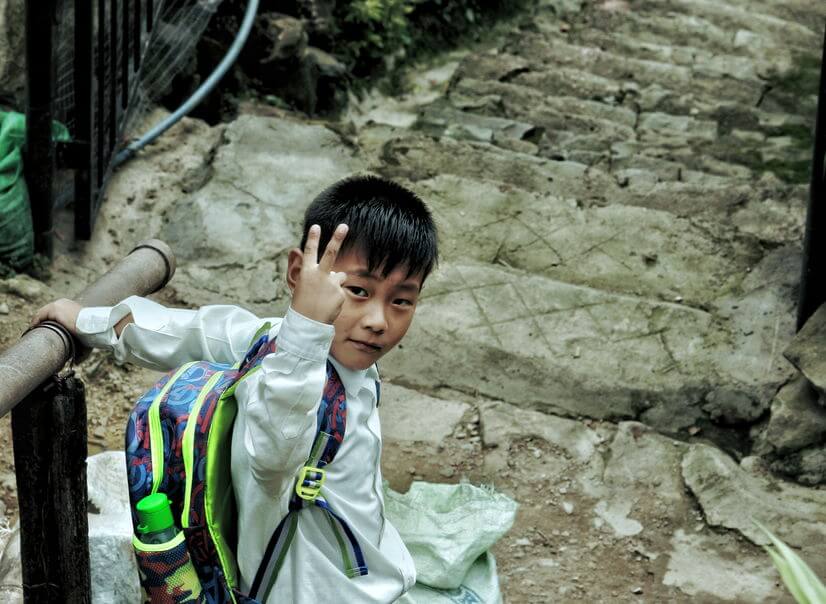
Kohima Travel Guide – Things to Do in the Capital Town
This comprehensive blog on Kohima will help you explore the best places of the town during your trip to Nagaland. Kohima throbs on blood and bravery with the fierce Battle of Kohima fought on its soil in 1944. Today, the town is all about good vibes, quaint cafes and peaceful existence.
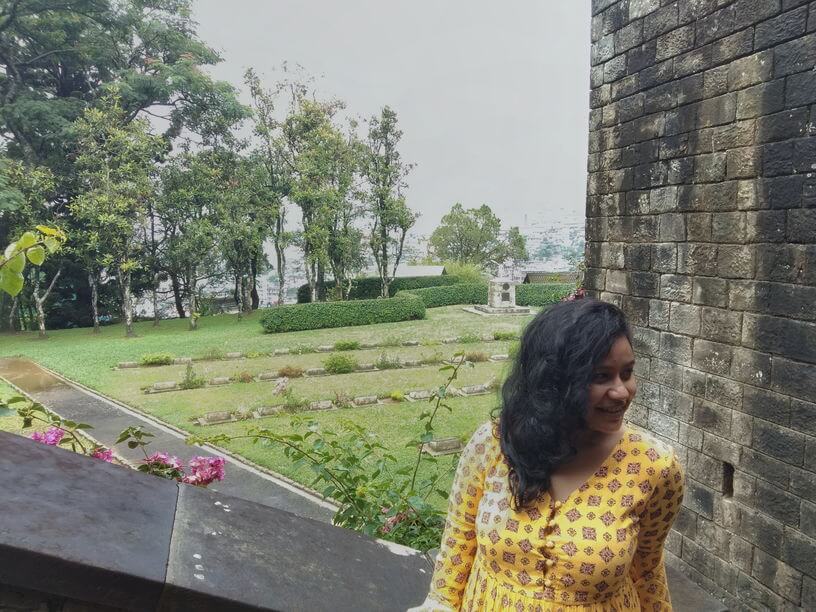
Visit Kohima War Cemetery
The Kohima War Cemetery is centrally located in Kohima. It is a memorial dedicated to the soldiers of British Division and Allied Forces who lost their lives during the Battle of Kohima in April, 1944. The war Cemetery was previously the tennis court of Deputy Commissioner’s Residence but later became battleground, converting it into memorial. The tennis court is still marked within the cemetery premises. The cemetery is built exactly on the grounds where the battle was fought and lives were lost. Make sure to pay homage for the brave departed souls. The war cemetery is beautifully maintained with ornamental gardening and gives a panoramic view of the town.
PS: There is no entry fee for the war memorial
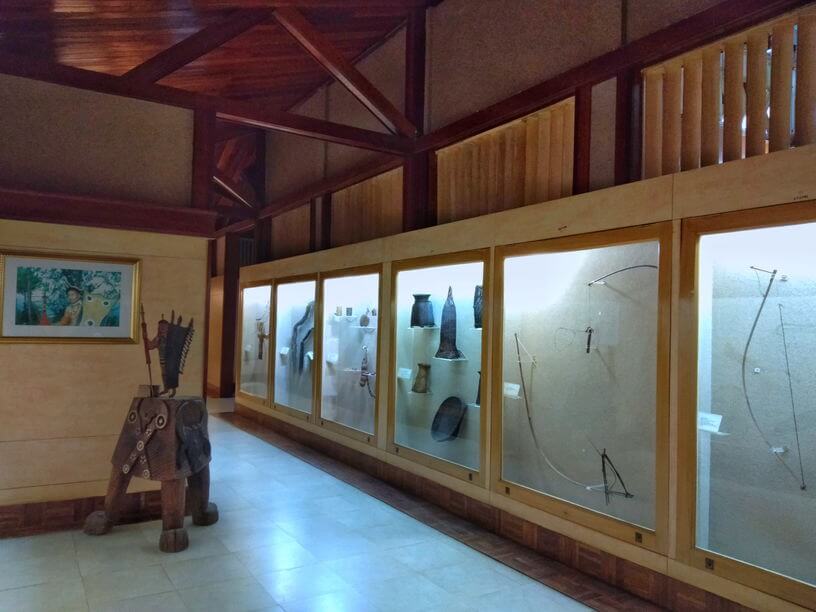
Nagaland State Museum
The Nagaland State Museum is a small but well maintained 3-storied museum that displays early artifacts along with traditions and culture of all the tribes of Nagaland. The museum brushes you with the history of Nagaland with the elaborate display of information about tribes, their practices, traditional garments, jewelry, games etc. One gallery displays tribal costumes, jewelry, weapons, sports and instruments used by each tribe. Another gallery display mostly about agricultural practices, housing patterns etc. The entry fee is only Rs 50/- with camera.
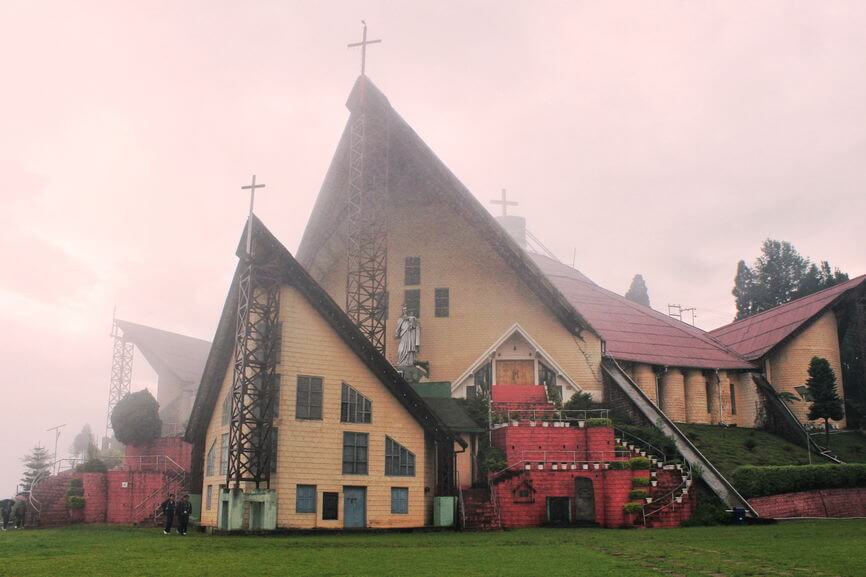
Mary Help of Christian Cathedral
The remarkable architecture of the church perched on a hill makes it exclusive, its red Morung style roof visible through blanket of fog from almost every corner of Kohima. The architecture blends the style and intricacy of traditional elements, the façade resembling a Naga House, Morung styled. The construction was funded by Japan in memory of Japanese soldiers who lost their lives in Battle of Kohima. The wood carved crucifix at a height of 16ft is one of the tallest in Asia. The church is marked with four gates heading towards all four directions.
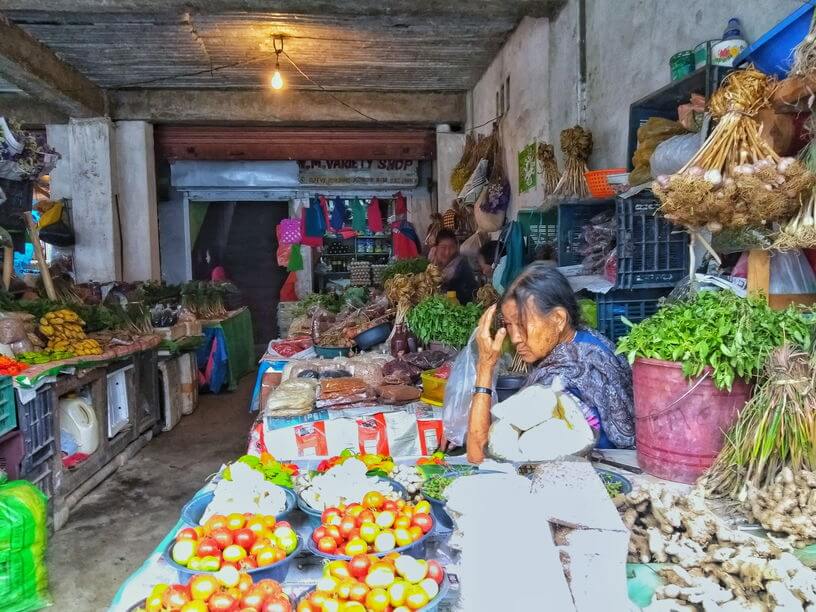
Explore the local market of Kohima
The markets of the Kohima will open you to some of the most bizarre things, absolutely edible and a delicacy in Nagaland. Without a walk around the dingy and narrow lanes of the local market, a trip to Kohima stands far from complete. This Kohima travel guide cannot give you much insight about the Bazaars but something for you to experience on your own. From regional vegetables to frogs to wide range of insects, dog meat, caterpillars, honey, bee larvae – The bazaars are overwhelming for the first timers.
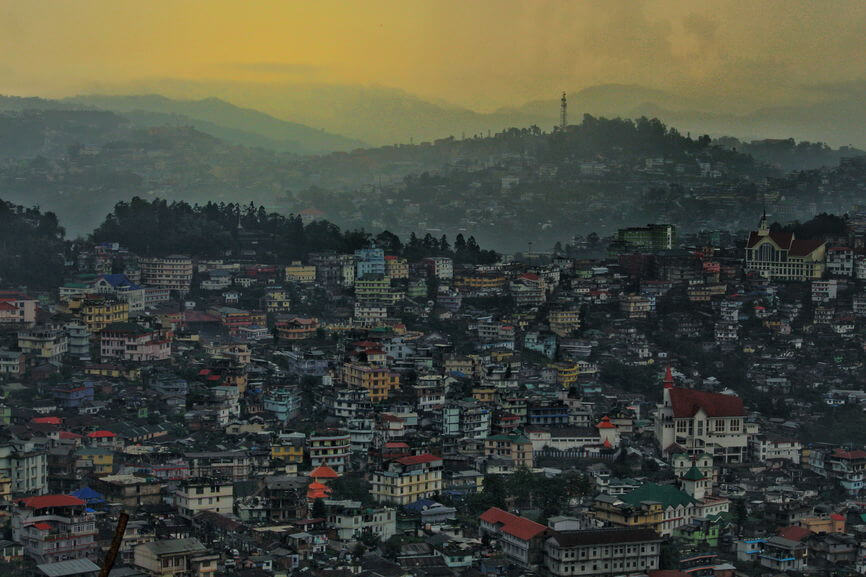
Walk through Bara Basti
Bara Basti is the second largest village settlement in Asia and can be quite inquisitive for cultural and heritage enthusiasts. As you walk along the settlement inhabited by Angami Tribe, even every pernickety corner evolves into a story and paints a larger picture. There are fine and intricate carvings on the entrance gates done by some of the finest artisans of yester years. The village is divided into 4 clans or known as khels in native language. Handicraft, wood carving and bamboo weaving work is one of the major ways of earning livelihood here.
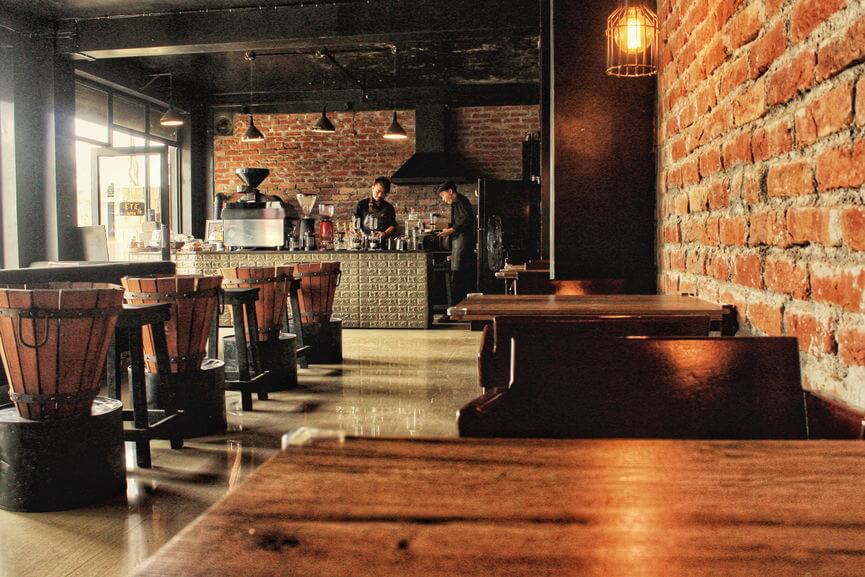
Best Cafes and Restaurants in Kohima
Although Kohima is a small town, easily walkable, but the chic cosmopolitan and art cafes with assortment of cuisines are in enormous, waiting to be sampled. My complete Kohima travel guide brings you some best cafes in and around the town
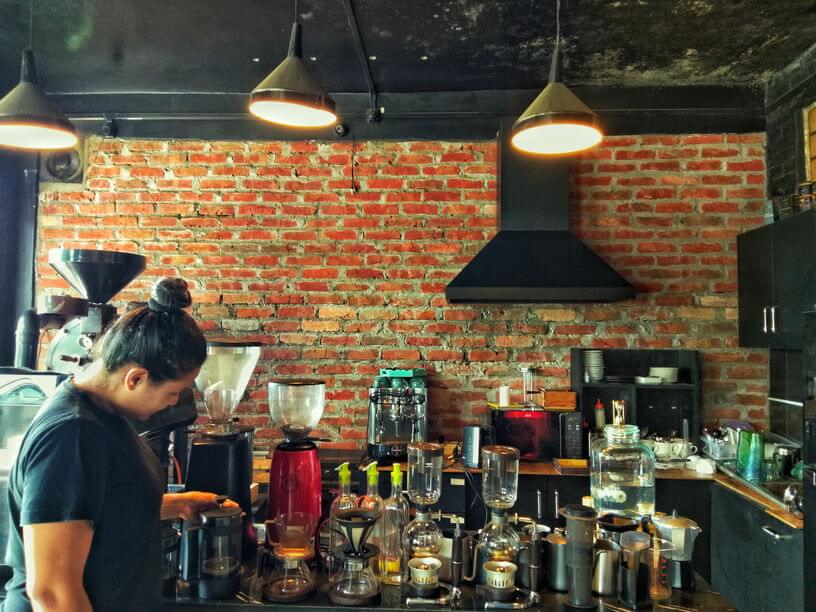
Ete Café
What makes Ete Café stand out is it amazing mellow vibe and warm ambience blended with hot cup of coffee, brewed to perfection! The coffee beans are locally sourced from Mokokchung, Wokha and Mon and this makes Été Coffee the first coffee roasting company in the state. The café has their own roaster and each cup of coffee is freshly brewed. Fuel your senses with the aroma of the coffee and tease your taste buds with some fine pastry and cake. It is around 4.5km from the main Kohima town.
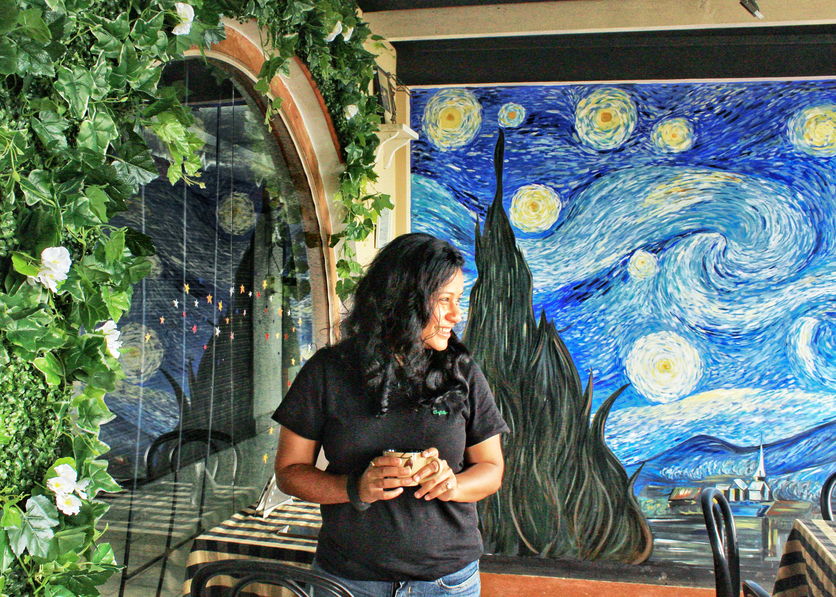
Dream Café
The artistic vibe, paintings and the spectacular view of the villages perched on the hills makes everything about the café dreamy. Located centrally opposite to the War Cemetery, the quaint café is seated inside a building. The small passageway leading to the café welcomes you into the world of art, colors and pretty decors. Try to grab a seat near the window to enjoy the lip smacking food with a surreal fog splashed view.
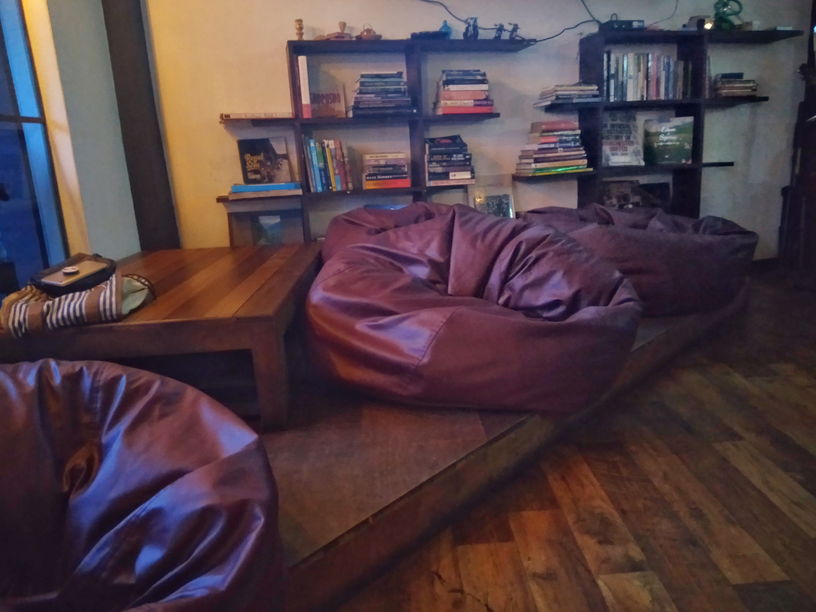
D’café
It is one of the finest cafes in the town that serves an assortment of freshly baked products and organic coffee roasted finely inside the café. The intimate space inside the café is adorned with aesthetic furniture, walls adorned with painting and travel inspiration from the world and book shelves grazing the corners. The vintage themed art café is dotted with warm bulbs to create the perfect ambience. There is a small balcony in case you want to enjoy food merging into the chaos of PR Hill. However, the food option is slightly limited.
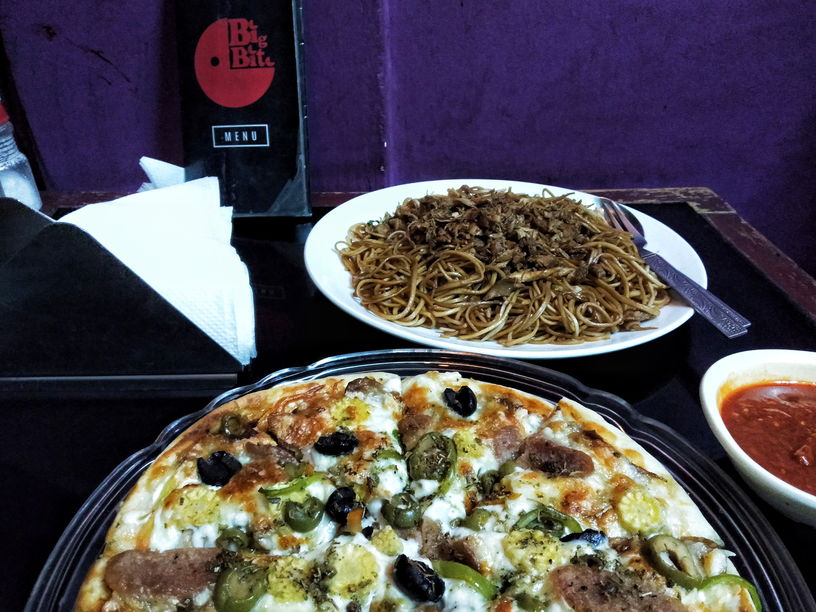
Big Bite
The flavorful and absolutely delicious home-made pizzas are to die for in this small restaurant hidden in the corner of PR hill. It is close to D’café and just around the corner. Make sure to visit this restaurant if you would love to sample some amazing pizzas, pasta and a wide range of other fast food. To top the experience, the hospitality and warmth in their welcome levels up their awesomeness. I highly recommend this place for freshly served and delicious food.

Chingtsuong Restaurant –Ethnic Cuisine from Ao Tribe
Nagaland is known for its wide range of ethnic delicacies and can be better understood by satiating the taste buds with some Naga cuisine served in traditional style. The restaurant is located near the market of Kohima, a perfect place to eat some ethnic food. The fierce smell of King chilly and the aroma of Naga flavors float through the restaurant. Decorated with Naga artifacts, one side of the wall is adorned accretion of traditional utensils and four walls built in bamboo, styled to release an authentic experience. The restaurant specializes in ethnic food from Ao Tribe, served in traditional bowls carved out of wood. Generally, every day of the week (except Sunday) has a different menu restricted to two main courses along with a spread of other specialties from Ao tribe. On advance notice, other items can be prepared and served.
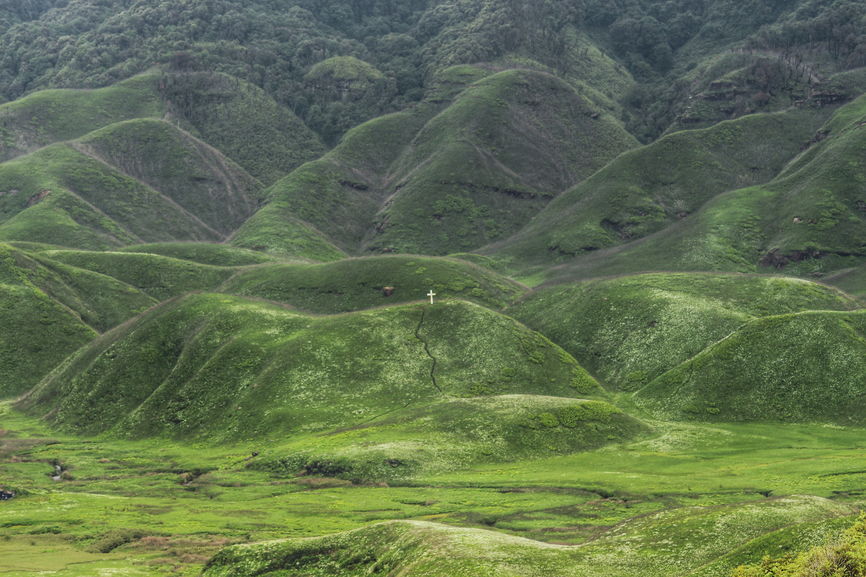
Places to Visit around Kohima Town
Kohima generally sits as a base for most of the travelers and tourists seeking to explore the diversity, culture and places in Nagaland. The village settlements surrounding Kohima bring out immersive insight into experiencing rural Naga life and witnessing the raw awe-inspiring landscapes. This Kohima travel blog will take you around some of the best places to visit around Kohima
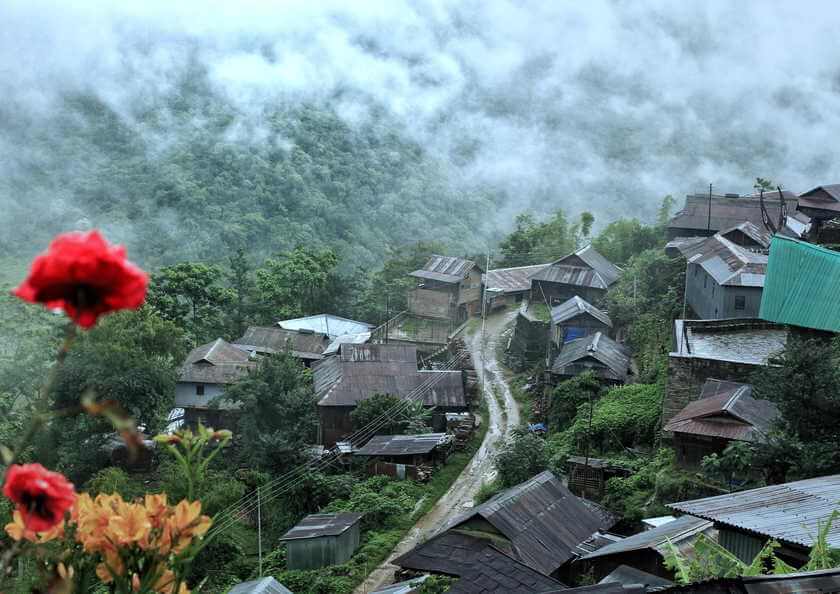
Khonoma Village
Known as the Asia’s Green Village, the tiny settlement is just 20kms from Kohima and is a perfect example of community drive conservation efforts. All sorts of nature threatening activity like hunting, deforestation and commercial fishing is banned in the village. Its tryst with history goes back to colonial times when the brave warriors fought fiercely against British invasion in the village. The terrace paddy fields are a grand opulence of nature bestowed on the village, transcending through generations.
Read the complete blog and plan your travel to Khonoma Village
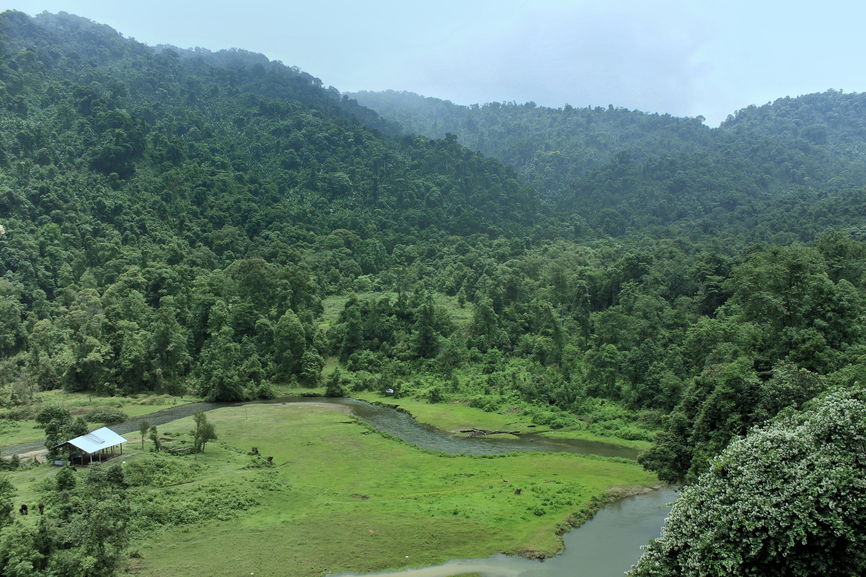
Dzuleke
A small village of only 32 houses has set an example of how eco-tourism and community work can help in earning an alternate livelihood. Embracing the sheer bliss of nature, away from technology, connectivity and internet, Dzuleke is a pristine village 18kms away from Khonoma. The village gives a perfect insight about rural lifestyle of Nagaland through accommodation with locals at their homestay, agri-tourism and trekking with local guides.
Read my complete blog on Dzuleke Ecotourism
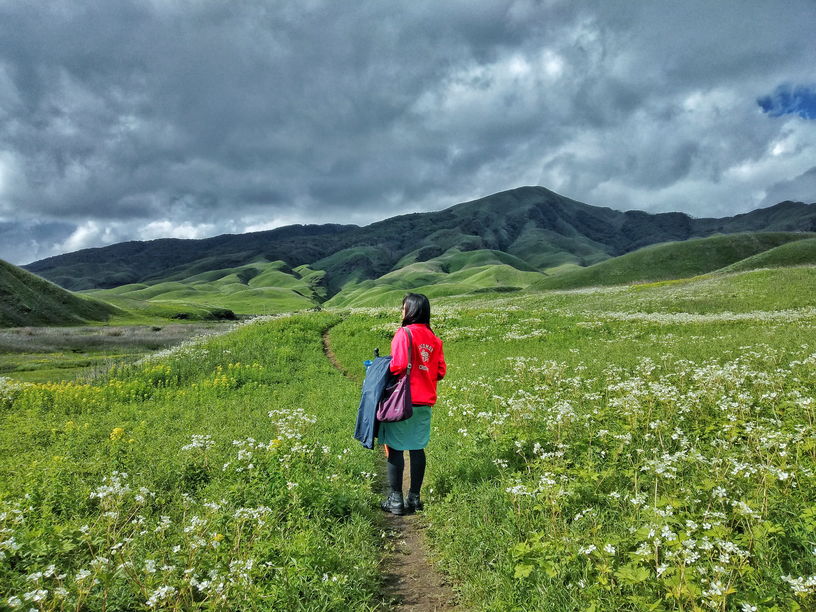
Dzukou Valley
The valley of rolling hills and treeless sweep of hillocks is not longer a secret and has become a prominent bucket list destination in Nagaland. For all the right reasons, the valley will leave you in awe with its eccentric geosyncline landscape. The valley resides above the clouds and is popularly known as “Valley of Flowers of North-East”. As the spring advances through summer and monsoons, the valley is dotted with flower blooms. The rare Dzukou Lily makes its godly presence amidst the dwarf bamboos spread across the crust of the hillocks.
Read the complete blog on Dzukou Valley
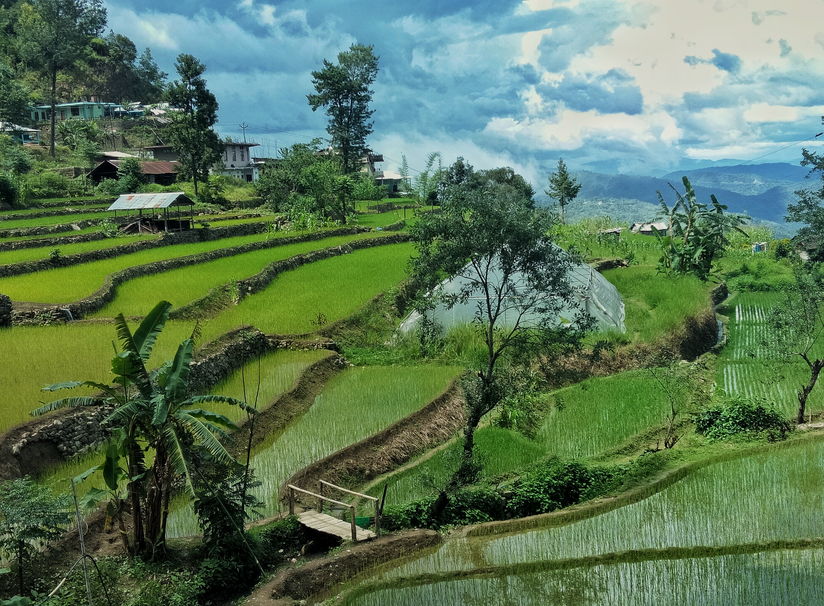
Kigwema
A quiet and pristine alternative to Kohima is small village of Kigwema, located roughly 46kms from the state capital of Kohima. It is walking distance from Kisama Heritage Village, the venue for the annual Hornbill Festival. There are a couple of homestays in Kigwema and main highway cutting through the village is flanked by terrace paddy fields.
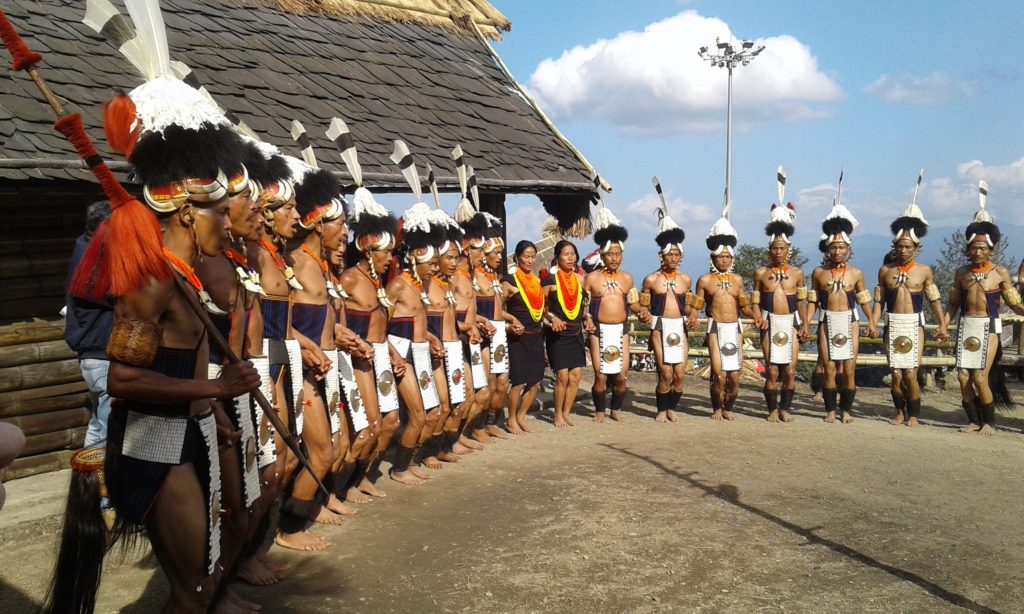
Kisama Heritage Village
The Kisama Heritage Village is literally a dead ground with Morung style huts – the infrastructure for Hornbill Festival, throughout the year except it comes to live during the 10 days of festival. The best time to visit Nagaland and Kisama Heritage Village is during Hornbill Festival from 1st to 10th December every year. The festival is the celebration of Naga culture, tradition and heritage where all the tribes gather under the same roof for 10 days.
Plan your trip to Hornbill Festival with this Guide
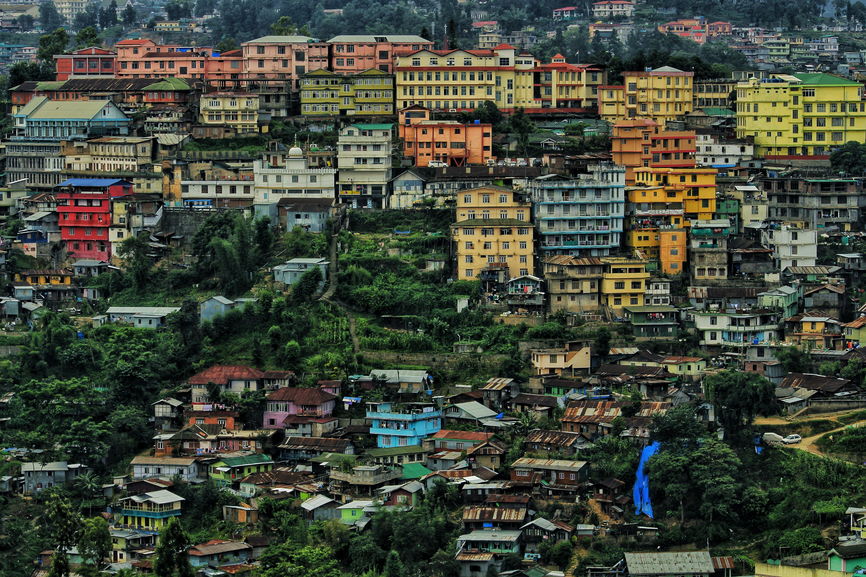
Jotsoma
Jotsoma village is enroute Khonoma and is a regular settlement dominated by Angami Tribe. It is not recommended to stay overnight as the accommodation facility is doubtful but a day trip to Pulie Badze is one of the flora and fauna hotspots close to Kohima. The trek is through scenic forestry surrounding to the top of a hill marked by a large cross sign. The panoramic view of Kohima town and glimpses of Mt. Japfu can be seen from the hill top.
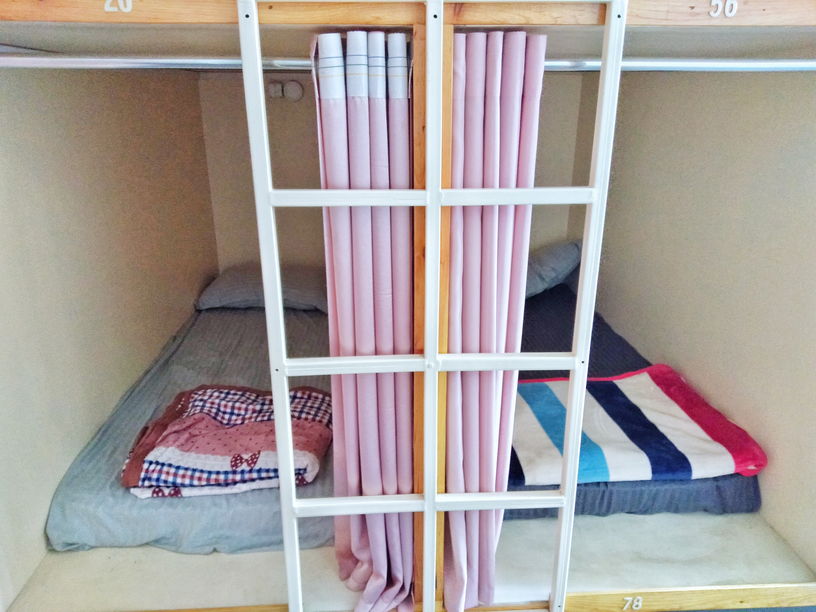
Accommodation Options in Kohima
There is no shortage of hotels and homestays in Kohima. You can make your booking through booking.com or AirBnB. I high recommend Eco-stay hostel, if you are looking for something in budget. The hostel is centrally located at TCP gate behind the war cemetery and above Federal Bank. The hostel has two dorms – each with capsule beds.
On the contrary, if budget is not a concern, do not miss the chance to stay at Razhu Pru – a luxury homestay with traditional aesthetics and warm hospitality. The homestay is surrounded by nature and the interiors are done in authentic traditional style.
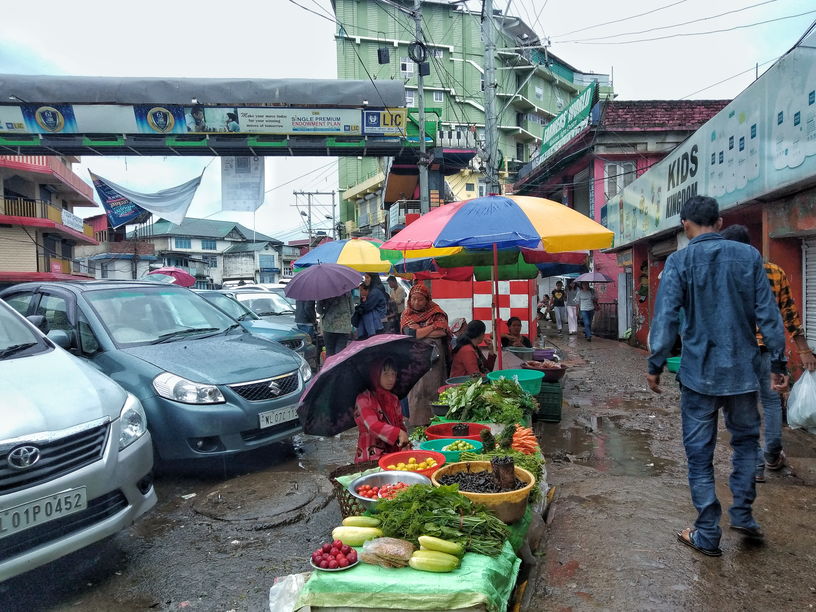
How to Reach Kohima?
Kohima is one of the easiest places to reach in Nagaland with decent connectivity from every corner. It is well connected through public transport – buses and shared taxis, from almost all places in Nagaland. Assuming you are starting your journey from Dimapur, there are shared taxis and buses that ply from Dimapur railway station. The shared taxis charge Rs 350/- from Dimapur to Kohima. The nearest railway station as well as airport to Kohima is Dimapur.
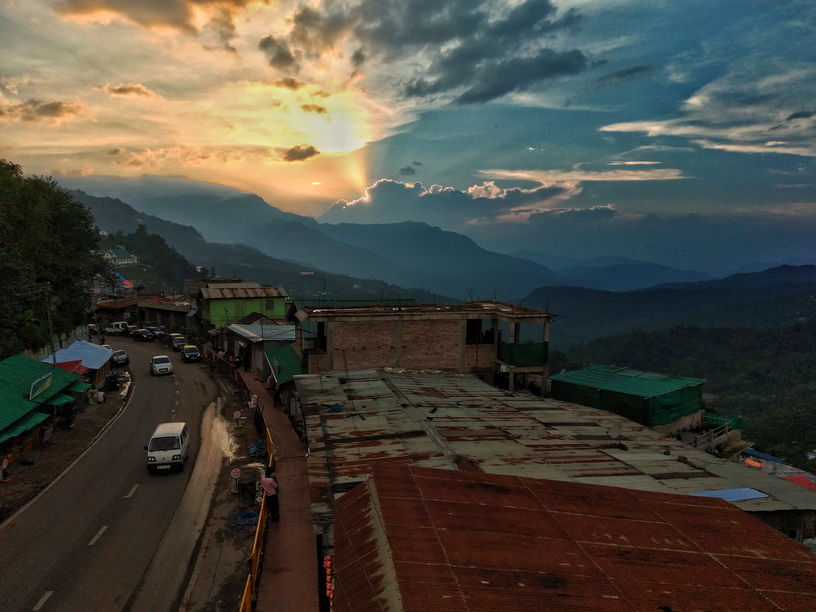
Public Transportation in and around Kohima
There are three major bus stops in Kohima – BOC, TCP Gate and PR Hill. There are blue local buses that ply from 5.30 am to 7.00 pm every day except Sunday.
- TCP Gate is the central location and is the stop for Kohima War Cemetery. There are even shared cabs and taxis that ply to various places from TCP Gate.
- BOC is one of busiest stop for buses as well as taxis. If you planning to visit the Kohima Cathedral and the Museum take a bus to BOC, get town and ask someone for direction or simple use Google maps. BOC taxi stand has shared taxis that ply to different villages around Kohima. If you are planning to go to Kisama, Kigwema, Phesema, Zakhama and Visvema – take a shared taxi from BOC.
- PR Hill is known majorly for chic cafes and restaurants, even taxis are available from PR hill to Dimapur and other parts of the state.
If you can, I will highly recommend you to walk around the town. Kohima is pretty small and is easily doable on foot.

Traditional Gates near State Museum 
Pretty Corner around Kohima
Best time to Visit Kohima
Kohima is an all year destination but the best time or say busiest time is during Hornbill Festival organized from 1st to 10th December every year. The price of all the accommodations becomes 3 or 4 times higher and the town becomes a lot more chaotic than usual. If you intend to visit Dzukou Valley during peak flowering time, the best time is from May to July.
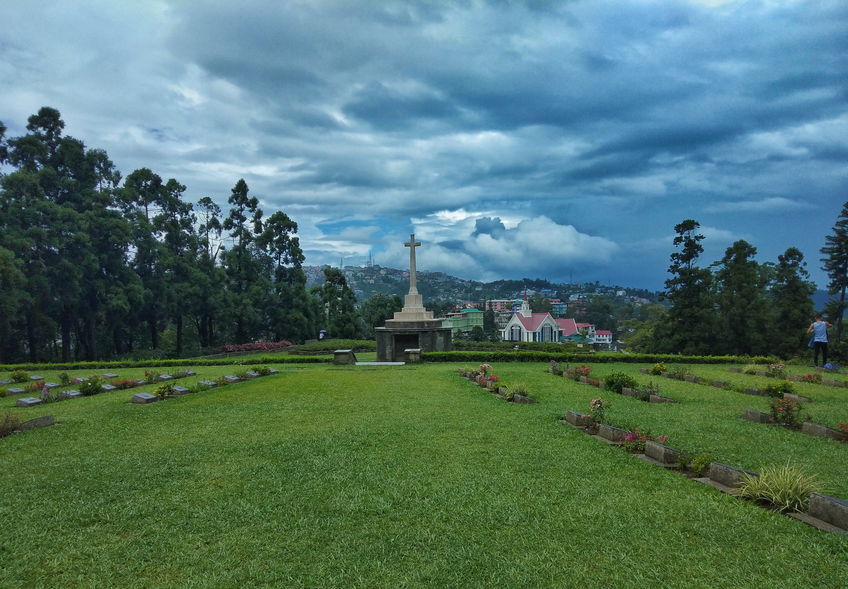
Things to Know Before Visiting Kohima
- You need an ILP or Inner Line Permit for entering Kohima. It can be obtained from DC Court Dimapur, and Nagaland House in Guwahati, Kolkata, Delhi and Shillong. It is required by everyone except the residents of Nagaland and people employed in Nagaland with a work ID.
- If you plan to visit Hornbill Festival, make sure you book your accommodation early as everything is likely to get sold out or available at exorbitant price. I recommend camping with Kite Manja for Hornbill Festival, located within the venue site.
- During monsoons, the rain is a big menace and it can hit on you anytime. Make sure you are armed with ponchos or umbrella all the time.
- Alcohol is officially legally in Nagaland, so do not hunt for liquor shops around Kohima.
- Everything is closed on Sunday being a Christian State. Make sure you purchase your essentials or book your rides a day before. There are some cabs available though for Dimapur.
- The NST bus station is located close to TCP Gate. If you intend to travel by bus, make sure you check the schedule and book your tickets.
LOVED THE BLOG – PIN FOR LATER AND PLAN YOUR TRAVEL
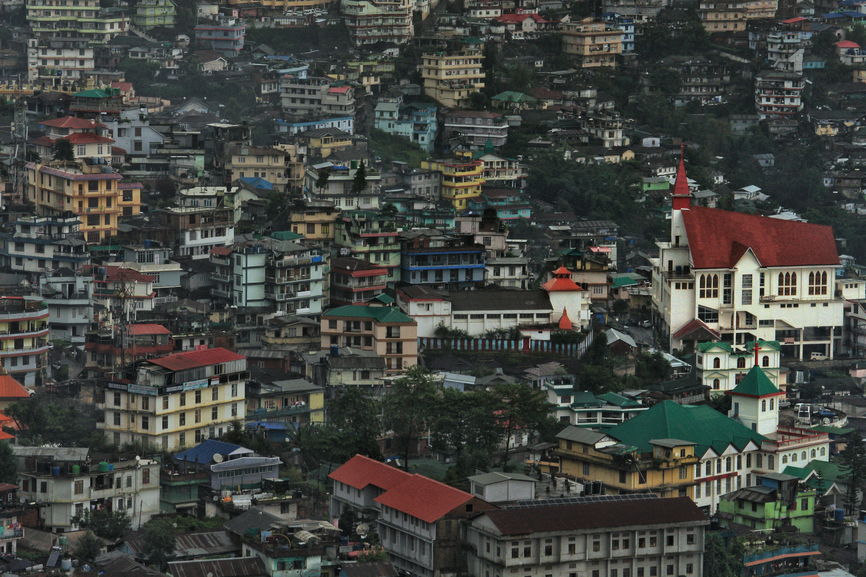
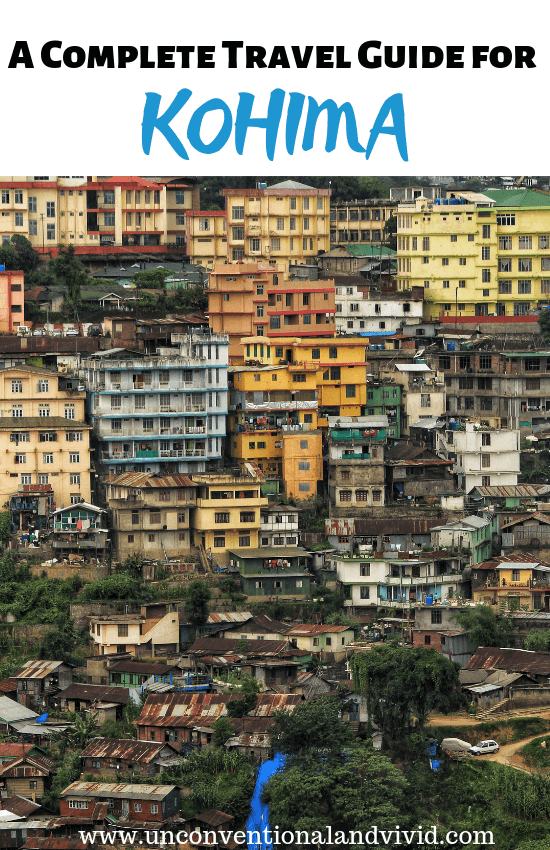
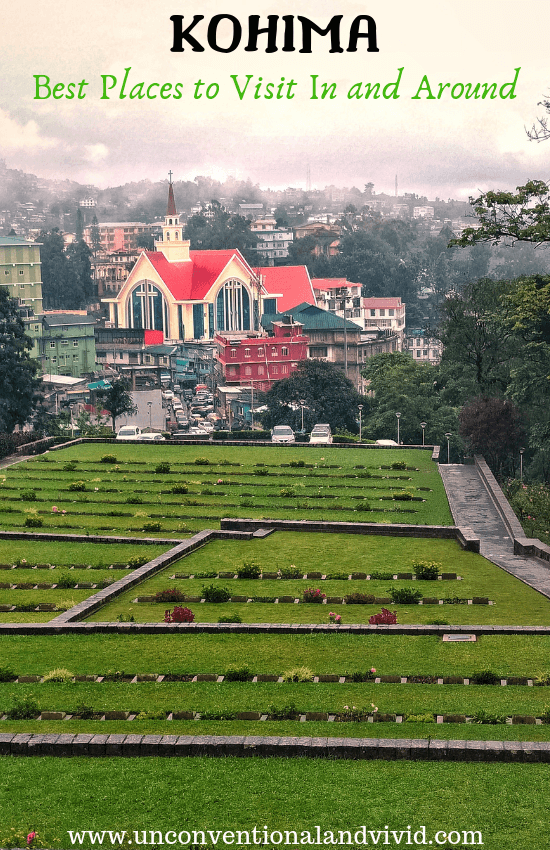
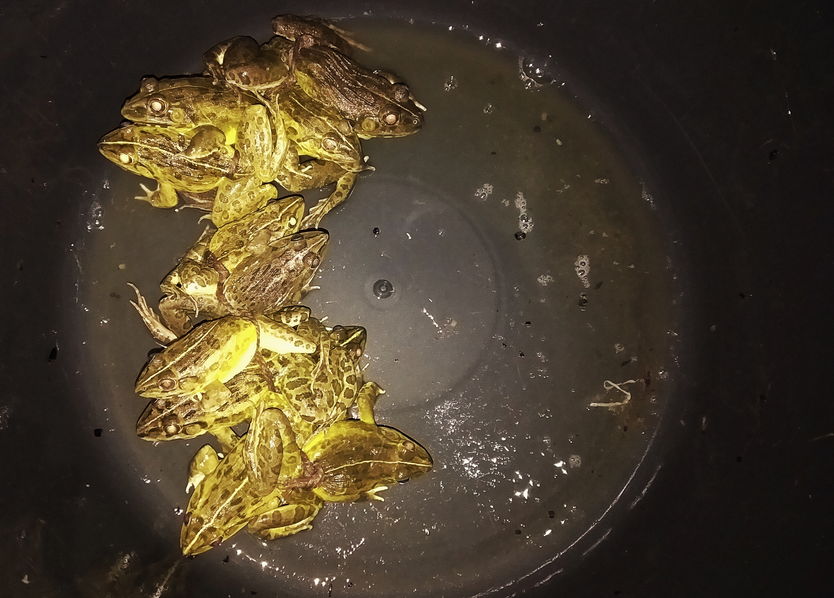
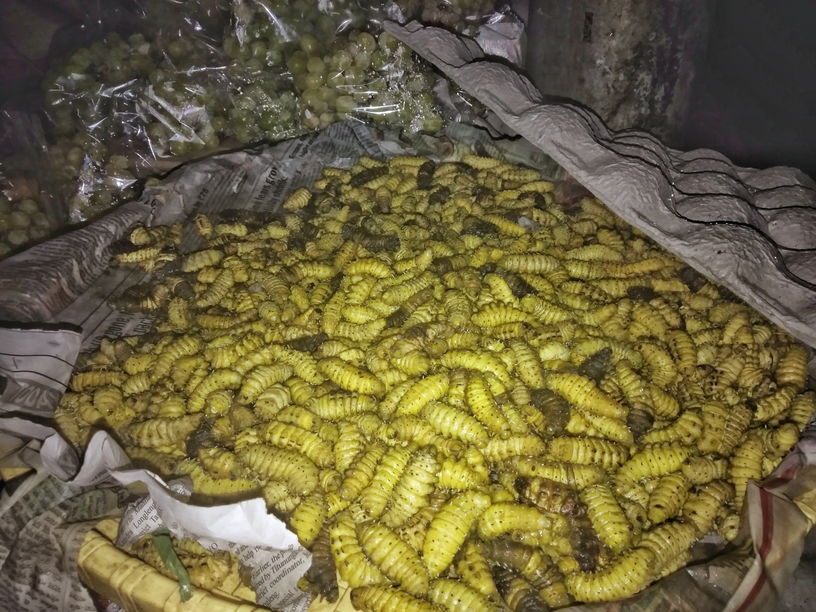
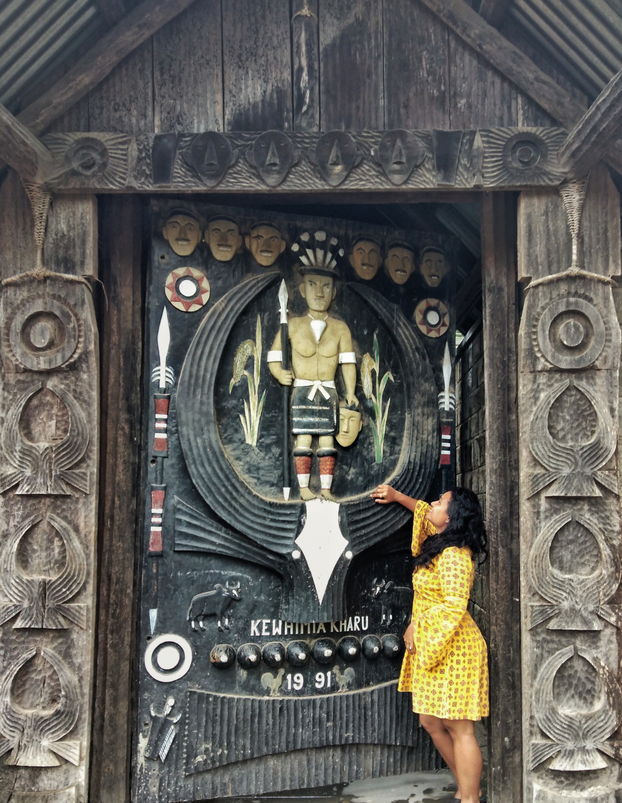
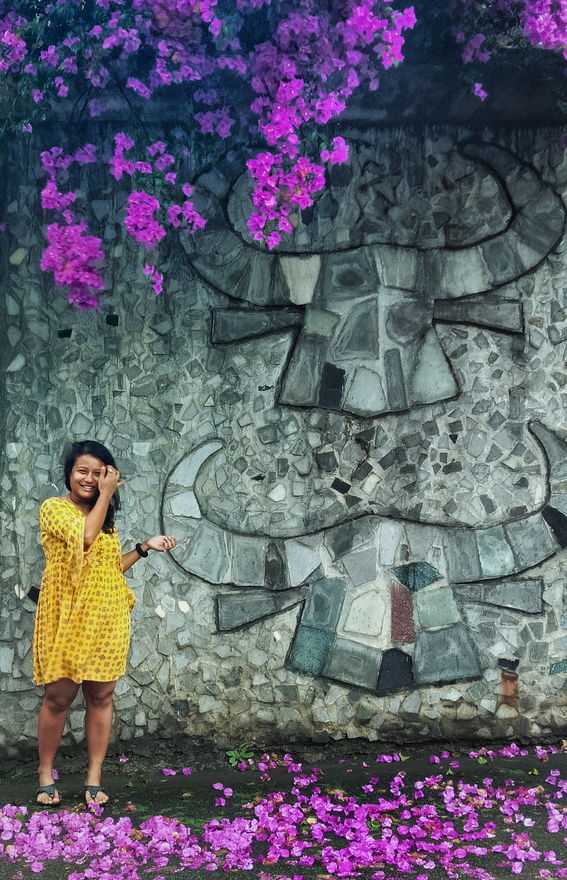
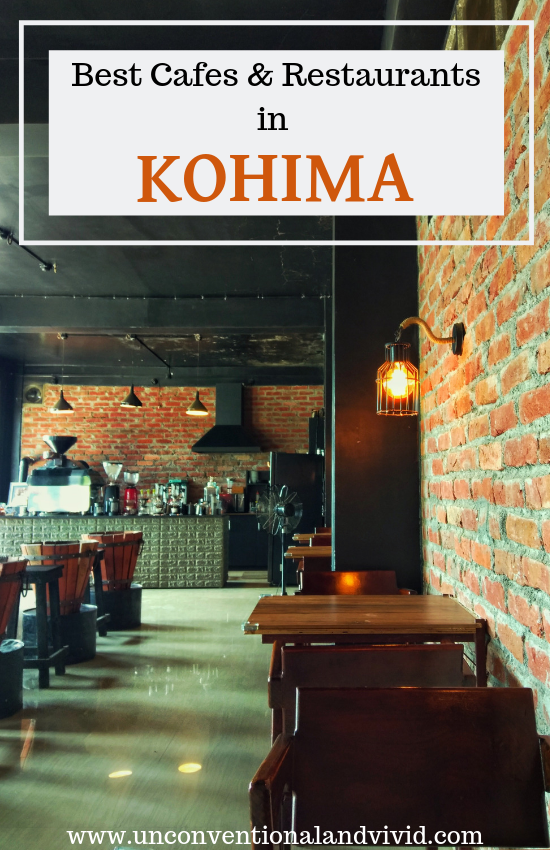
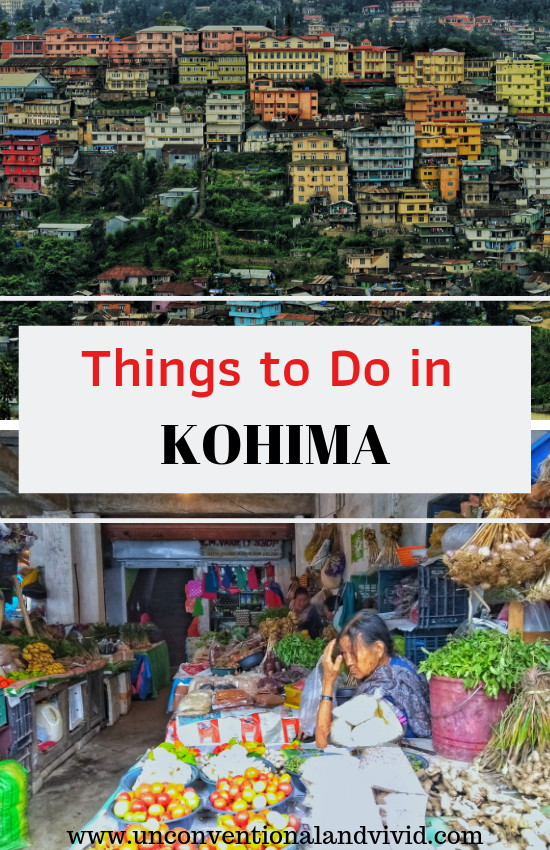

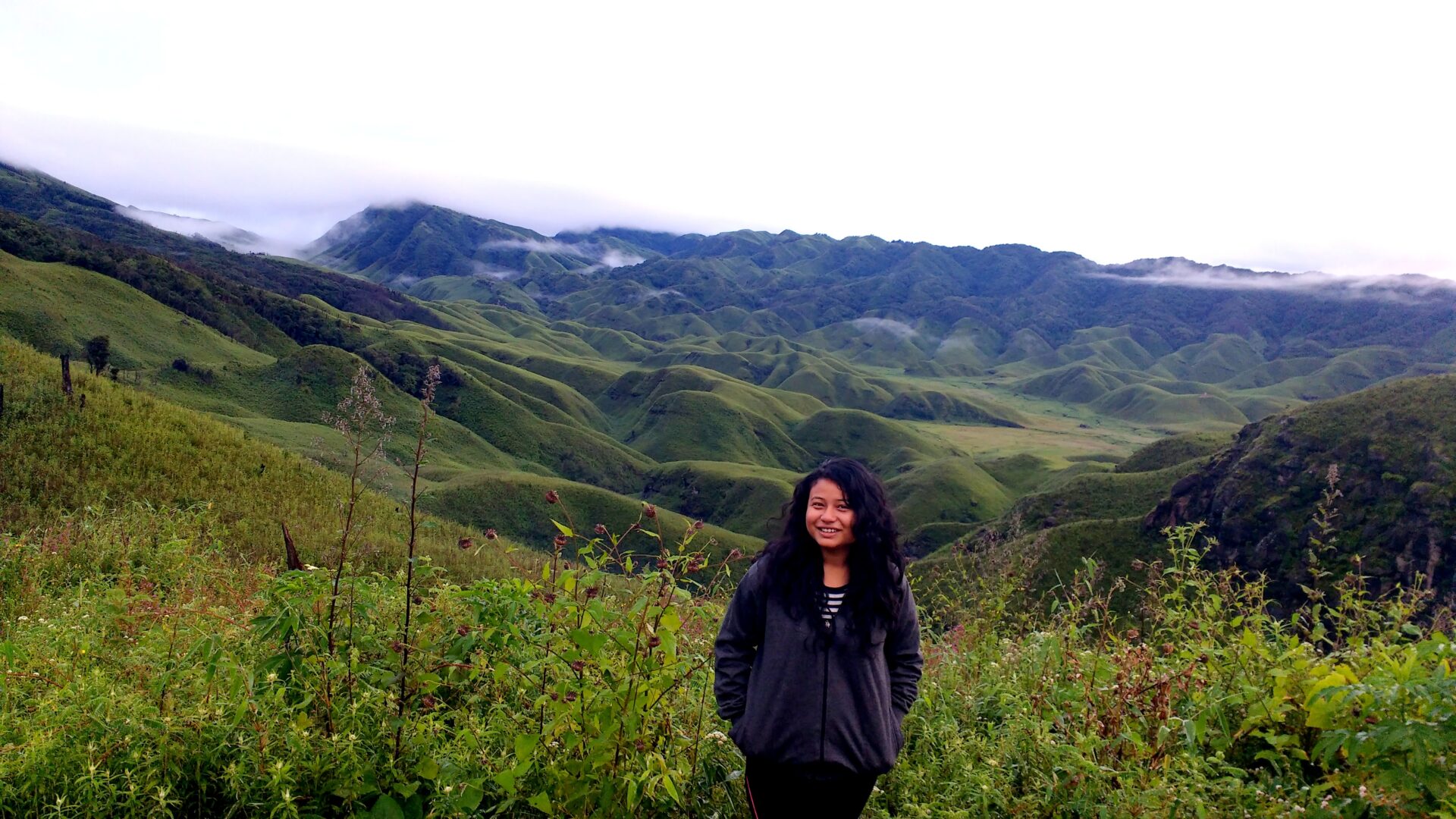
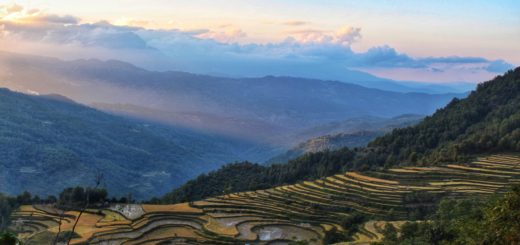
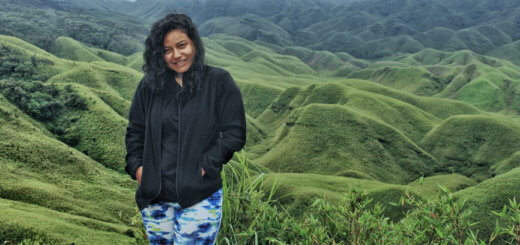

Very much Informational. Thanks for sharing the valuable information.
Hey! Thank you so much for the kind words. Glad you liked the blog. Cheers
Thanks for the info! It’s not easy to find information about this area.
Thank you so much.
Kohima beckons! From the poignant Kohima War Cemetery to the vibrant Hornbill Festival, this city offers a unique blend of history and cultural immersion. Trek through Dzukou Valley’s dazzling meadows or visit Khonoma Village for a glimpse into tribal life. Kohima promises an unforgettable adventure for any traveler.
Yes it does! Glad you had a beautiful experience